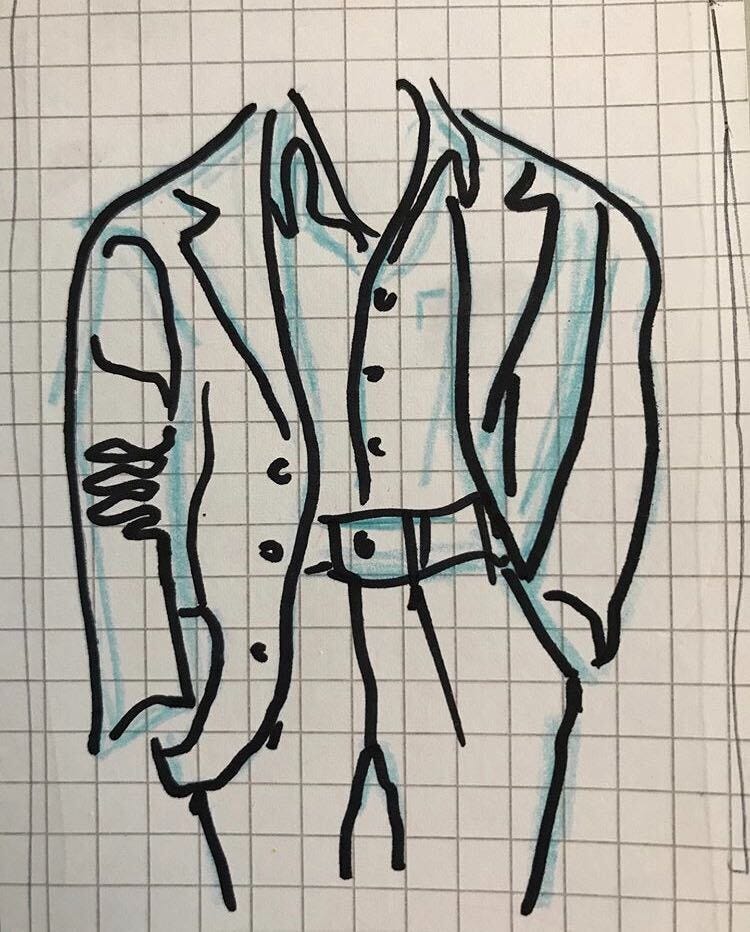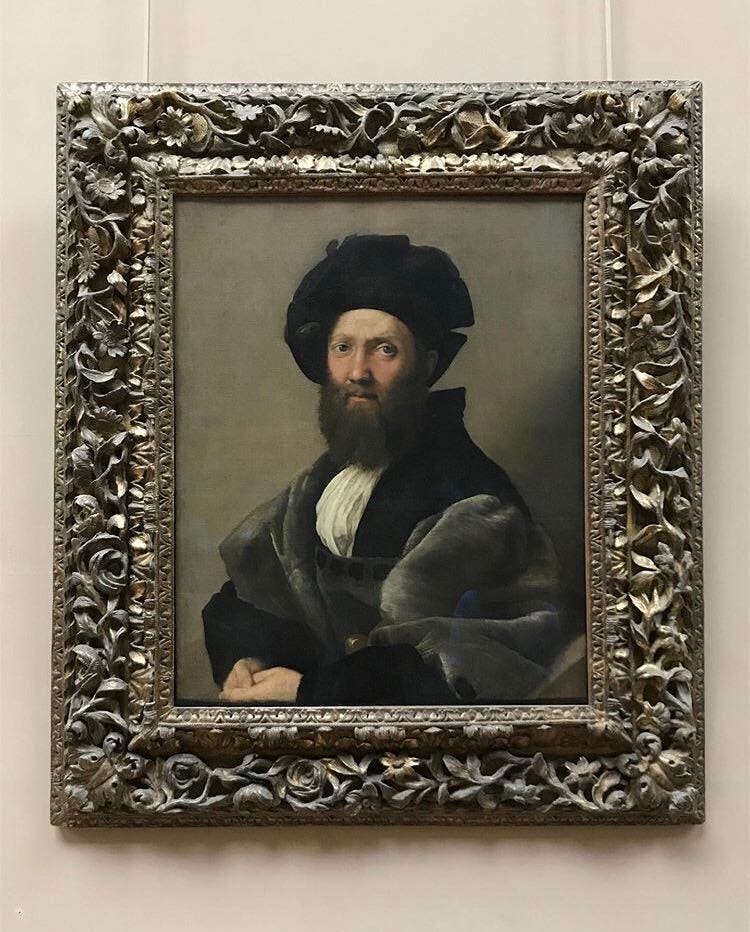
I have been asked before what Studied Carelessness is, aka my Instagram moniker. The short answer is that it comes from the Italian word, sprezzatura. The long answer expands on the notion that true sartorial nonchalance is an expression of oneself through one’s style of dress.
Studied Carelessness, as a blog and newsletter, aims to explore these very notions of sartorialism and nonchalance in our contemporary life.
Baldassare Castiglione, the Italian writer and Rennaisance man, had a similar but different idea when he initially coined the term, “sprezzatura”. See below to read more about his writings.

^ Portrait de Baldassare Castiglione (1519), by Raffaello Santi. Photo of portrait taken by me at the Louvre - June 4, 2019.
Baldassare Castiglione was an Italian courtier, diplomat, soldier and a prominent Renaissance author, who is probably most famous for his authorship of Il Cortegiano or The Book of the Courtier.
In a famous passage, Castiglione's friend Lodovico da Canossa, whose views arguably represent Castiglione's own, explains "the mysterious source of courtly gracefulness, the quality which makes the courtier seem a natural nobleman" sprezzatura. Sprezzatura, or the art that conceals art (in the words of another ancient rhetorician, Quintilian), is not simply a kind of superficial dissimulation, for grace may also be the result of such assiduous practice that what one does becomes second nature and seems inborn. At the outset of the discussion Canossa also insists that the art of being a perfect courtier is something that cannot be taught (that is, broken down to a set of rules or precepts), and therefore, he declares (rhetorically—and with sprezzatura) that he will refuse to teach it. The implication, however, is that those interested in acquiring this art must do so through practice and imitation, which is—like the dialog itself—a form of teaching—teaching without precepts. To perfect oneself is not selfish, but fulfills a public and private moral duty for the individual to act as a model for others.



